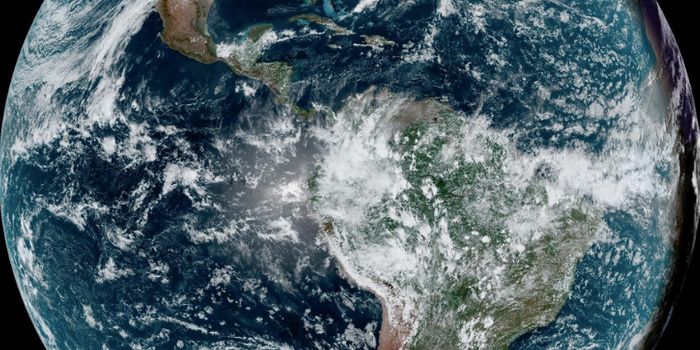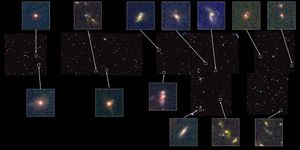Light pollution is making it much harder to see stars
The night sky is a wondrous thing to behold. It really puts our place in the universe into perspective.
It might be unsettling, then, to learn that each year, we’re seeing less and less of the beautiful stars speckled across the inky black canvas of the night sky. And according to a new research study conducted by scientists at GFZ German Research Centre for Geosciences and the Ruhr-Universität Bochum, this is becoming an increasingly common trend, though the rate at which we are losing access to the night sky seems to be increasing each year. The team’s work is published in Science.
Researchers found that around the globe, the sky is continuing to bright by up to 10% each year. This sky brightness, referred to as “skyglow,” refers to lingering glow in the sky that remains after the sun has set, largely due to artificial light and light pollution. It’s estimated that at least 80% of the global population lives in a region with some kind of skyglow.
However, until now, there have not been feasible or accurate ways to measuring skyglow around the globe, leading to an incomplete picture about how light pollution is cutting us off from the celestial bodies above. In the past, satellites have been used to collect measurements about skyglow, gather information about light that is emitted directly upwards. However, skyglow is often caused by light moving on a horizontal plane. That, and the shift to blue light in many light sources, all impact what we see on the ground, though it may not necessary be detected by satellites. Fortunately, new observational tools, which are widely available, could offer new ways to better track the rate of skyglow increase: the human eye.
As part of their study, researchers pulled their data from the Globe at Night Citizen Science Project, which included over 50,000 different observations made by people around the globe. They found that continents like North America had higher levels of skyglow increase, a noteworthy 10.4% increase each year.
The addition of citizen scientists offering on the ground observations also highlighted a disparity between what people saw and what satellites were picking up; for example, some regions where people observed increases in skyglow, satellites actually detected a decrease, highlighting a need for better tools to measure skyglow.
Sources: Eurekalert!; Science; National Geographic








